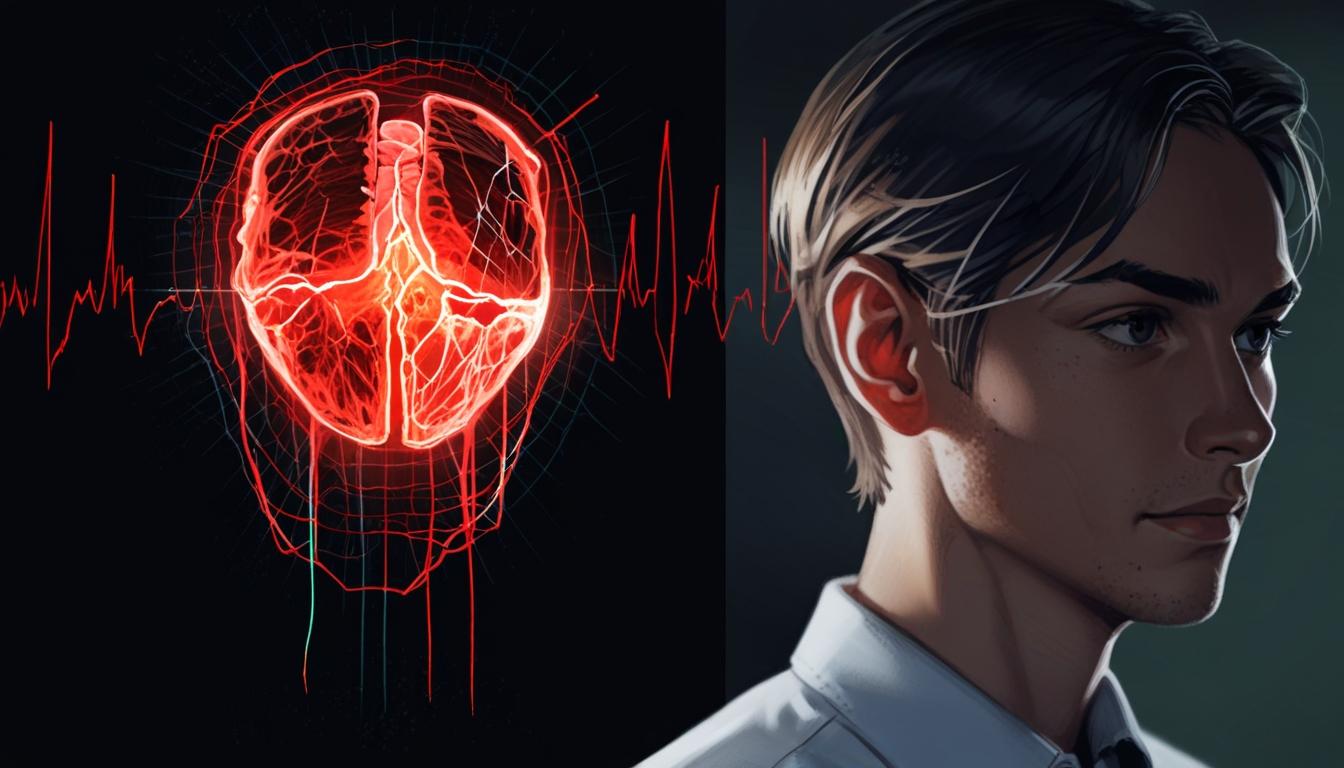Recent advancements in deepfake technology have reached a new level of sophistication, with digitally altered images now capable of incorporating realistic heartbeats. This development raises concerns about the increasing difficulty in detecting manipulated videos, especially given that some deepfake detection methods rely on analysing subtle physiological signals such as blood flow patterns across the face.
Deepfakes involve digitally altering a person's face or body to mimic someone else, and although they can be utilised for harmless entertainment purposes, such as transforming users into animals or cartoons, there are significant risks associated with their misuse. Instances include spreading misinformation and creating non-consensual sexual content.
In response to such concerns, a bipartisan bill known as the "Take it Down Act" was passed by the US House of Representatives on 28 April. The legislation aims to combat deepfake pornography and has received backing from notable figures, including First Lady Melania Trump, as well as major social media platforms like Meta, TikTok, and X.
The latest study shedding light on heartbeat-enabled deepfakes was published in the journal Frontiers in Imaging. Researchers tested a deepfake detector using remote photoplethysmography (rPPG), a method akin to hospital pulse oximeters, which measures how light passes through the skin to estimate heart rate by detecting minute changes in blood flow. Traditionally, these tiny physiological signals were thought to be difficult for deepfakes to replicate convincingly, making such detectors reliable.
However, the researchers found that new deepfake videos exhibited realistic heartbeats, despite these not being intentionally added. Professor Peter Eisert, co-author of the study, explained the challenge this poses. Speaking to BBC's Science Focus, he said, "I guess that’s the fate of all deepfake detectors – the deepfakes get better and better until a detector that worked nicely two years ago begins to completely fail today."
Despite these technical advances, Professor Eisert highlighted potential approaches to improve detection methods. One suggestion involves tracking the blood flow across different regions of the face rather than merely measuring the overall pulse rate. He noted, "As your heart beats, blood flows through blood vessels and into your face. It’s then distributed over the entire facial area, and there is a small time lag in that movement that we can pick up in genuine footage."
Beyond detection technologies, the study emphasised the importance of cryptographic techniques known as "digital fingerprints," which can provide proof that footage has not been altered. Professor Eisert expressed concerns about an impending turning point in the "deepfake race" and stated, "Personally, I think deepfakes will get so good that they’ll be hard to detect unless we focus more on technology that proves something hasn’t been altered, rather than detecting if something is fake."
The findings come amid wider discussions about the ethical and societal impacts of deepfake technology. There have been numerous reports of misuse, including incidents where individuals’ images have been exploited without consent for promotional purposes or controversial content, leading to public warnings and criticism from affected parties.
The Indy100 is reporting on this rapidly evolving technological landscape, noting the increasing complexity of digital manipulation and the ongoing efforts to develop countermeasures that can keep pace with such innovations.
Source: Noah Wire Services
